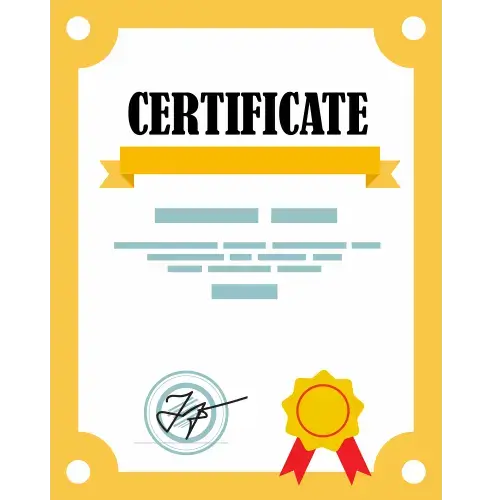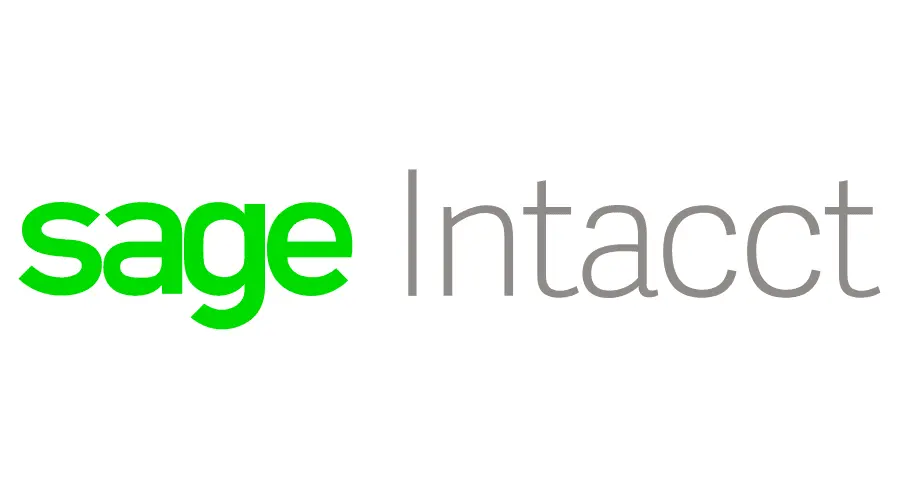Receivable management refers to managing a company’s accounts receivable, which are the amounts of money that customers owe to the company for goods or services that have been delivered but not yet paid for.
The basic receivable management objectives are to ensure that a company’s cash flow stays positive, to minimize the risk of bad debt, and to improve the overall efficiency of the company’s financial operations.
Let’s discuss the basic objectives of receivable management:-
1. Positive Cash Flow
The first objectives of receivable management are to ensure that a company’s cash flow stays positive.
This is important because a company needs cash on hand to pay its bills and invest in new projects.
When customers do not pay their bills on time, it can cause a company’s cash flow to become negative, which can lead to financial difficulties.
2. Minimize the Risk of Bad Debt
The second objectives of receivable management are to minimize the risk of bad debt.
Bad debt refers to the amount of money that a company is unable to collect from customers who do not pay their bills.
This can happen for various reasons, such as customers going out of business or filing for bankruptcy.
3. Improve Efficiency
The third receivable management objectives are to improve the overall efficiency of the company’s financial operations.
This can be achieved by implementing effective systems and procedures for tracking and managing accounts receivable.
For example, a company can use software such as QuickBooks to automate the process of sending invoices and tracking payments… which can save time and reduce the risk of errors.
4. Customer Relationship Management
The fourth receivable management objectives are to maintain a good customer relationship.
A company should not only focus on getting paid on time, but also on providing good customer service.
By effectively managing accounts receivable, a company can ensure that customers are satisfied with the products and services provided, which can help to build long-term relationships.
5. Credit Management
The fifth receivable management objectives are to effectively manage the credit policy of the company.
This includes setting credit limits, assessing credit risk, and making decisions on whether or not to extend credit to a customer.
By managing credit effectively, a company can reduce the risk of bad debt and ensure that it is not extending credit to customers who are unlikely to pay.
6. Financial Analysis
The sixth objectives of receivable management are to provide a financial analysis of the company’s accounts receivable.
This includes analyzing the aging of accounts receivable, identifying trends and patterns, and identifying areas for improvement.
By analyzing the company’s accounts receivable, a company can identify any issues that may be impacting cash flow and take steps to address them.
7. Compliance
The seventh objectives of receivable management are to ensure compliance with laws and regulations.
This includes complying with laws and regulations related to accounting, taxes, and credit reporting.
By ensuring compliance, a company can avoid penalties and fines and maintain a good reputation.
A CPA firm called Meru Accounting offers complete outsourced bookkeeping and accounting solutions to small and medium-sized businesses in the US, UK, Australia, New Zealand, Hong Kong, Canada, and Europe.





















 Company incorporation
Company incorporation














































